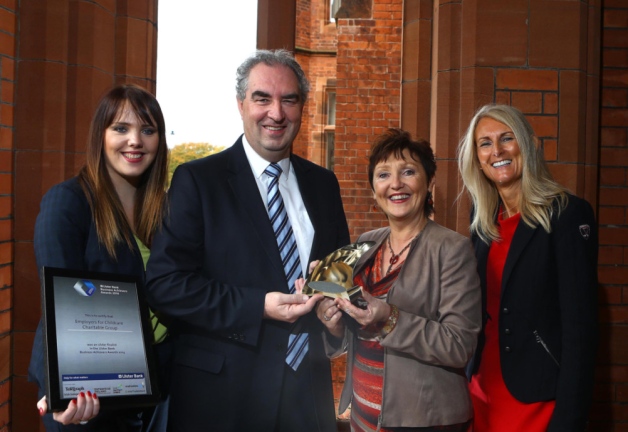Home
About Us
Physical and Engineering Sciences in Oncology
by: Michael SaundersThe National Science Foundation, otherwise referred to as NSF, is a United States Government agency that is primarily responsible for pursuing and ensuring fundamental research studies and education in all the non-medical fields of science and engineering.
|
|
The programs and activities of the NSF are administered in an effort to help them realize their mission, which is "to promote the progress of science; to advance the national health, prosperity, and welfare; to secure the national defense."
In keeping with this mission, the National Science Foundation, in close cooperation the National Cancer Institute, has recently developed the Physical and Engineering Sciences in Oncology Program wherein they intend to obtain a more thorough understanding of cancer disorders with the application of physical and engineering sciences.
The folks at NSF believe that the discovery of significant advances is greatly possible as a result of the consistent investments in inter- and multi-disciplinary research studies concerning the application of physical/engineering and life sciences and its impact on unraveling the cause and origin of cancer cell formation.
In addition, the NSF perceives that these advances will significantly contribute to the prevention, early detection, and efficient treatment of cancer disorders. Which is very much essential because cancer is one of the most fatal diseases in the world today.
The proposals that will be submitted to the NSF should include the following:
(continued...)
Physical and Engineering Sciences in Oncology
Page 2
About The Author
Michael Saunders is an editor of TopGovernmentGrants.com one the the most comprehensive Websites offering information on government grants and federal government programs. He also maintains Websites providing resources on community grants and health grants. |
Additional Resources
category - Health Grants
Justice and Mental Health Collaboration Training and Technical Assistance Program
Minority-Based Community Clinical Oncology Program Groups
Building a Medical Home for Multiply Diagnosed HIV positive Homeless Populations - Demonstration Sites Project
Academic-Community Partnership Conference Series Program
Follow @topgovtgrant
Social Entrepreneurship
Spotlight
Childcare Charitable Group Named Top Social Enterprise

Employers For Childcare Charitable Group (EFCG), a Lisburn-based charity, has been crowned top Social Enterprise at the Ulster Final of 2014’s Ulster Bank Business Achievers Awards. EFCG seeks to “make it easier for parents with dependent children to get into work and to stay in work.”
